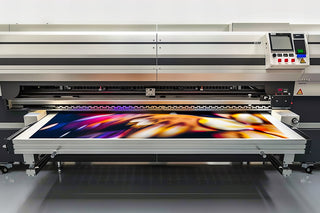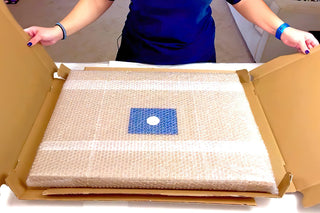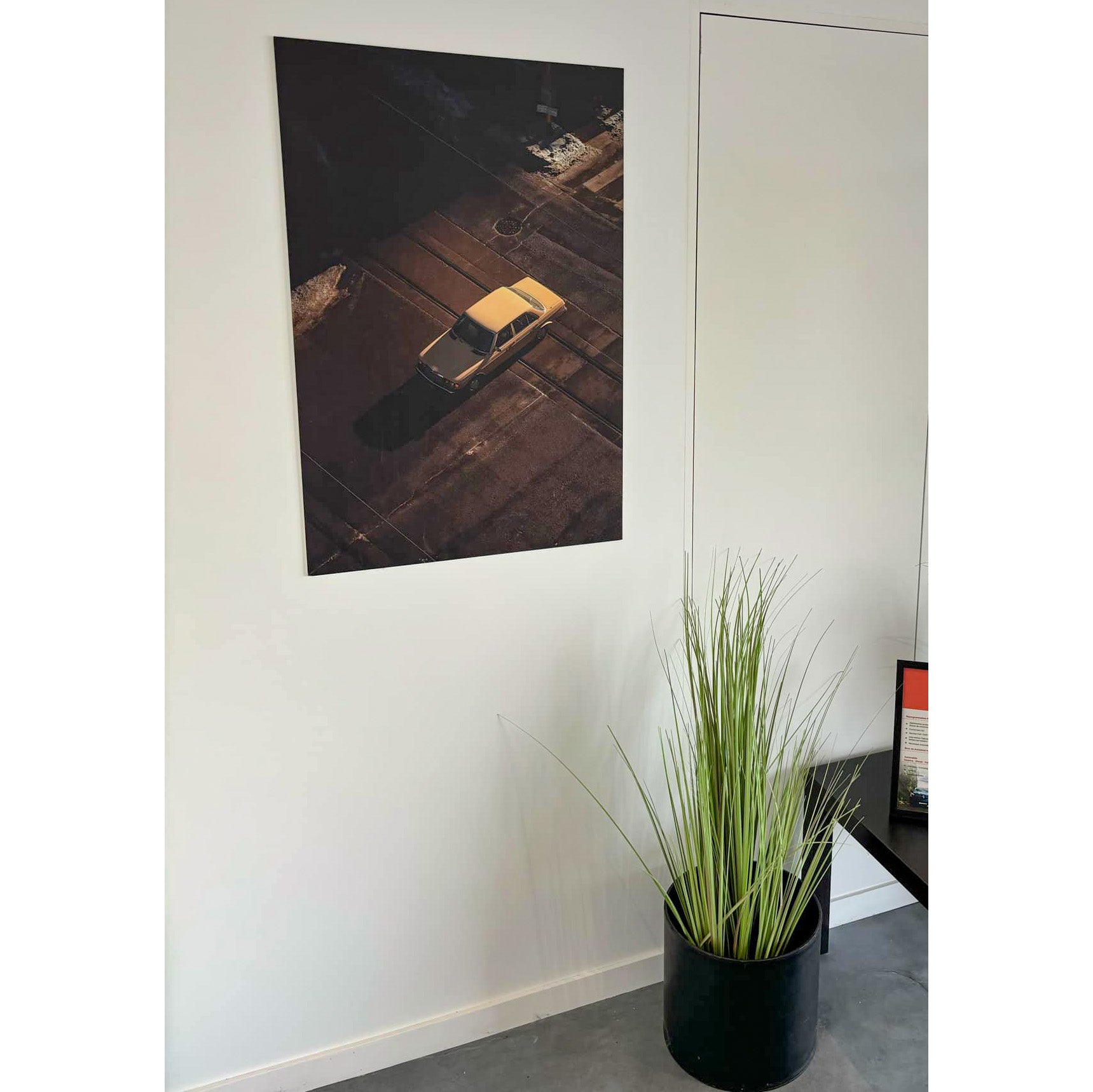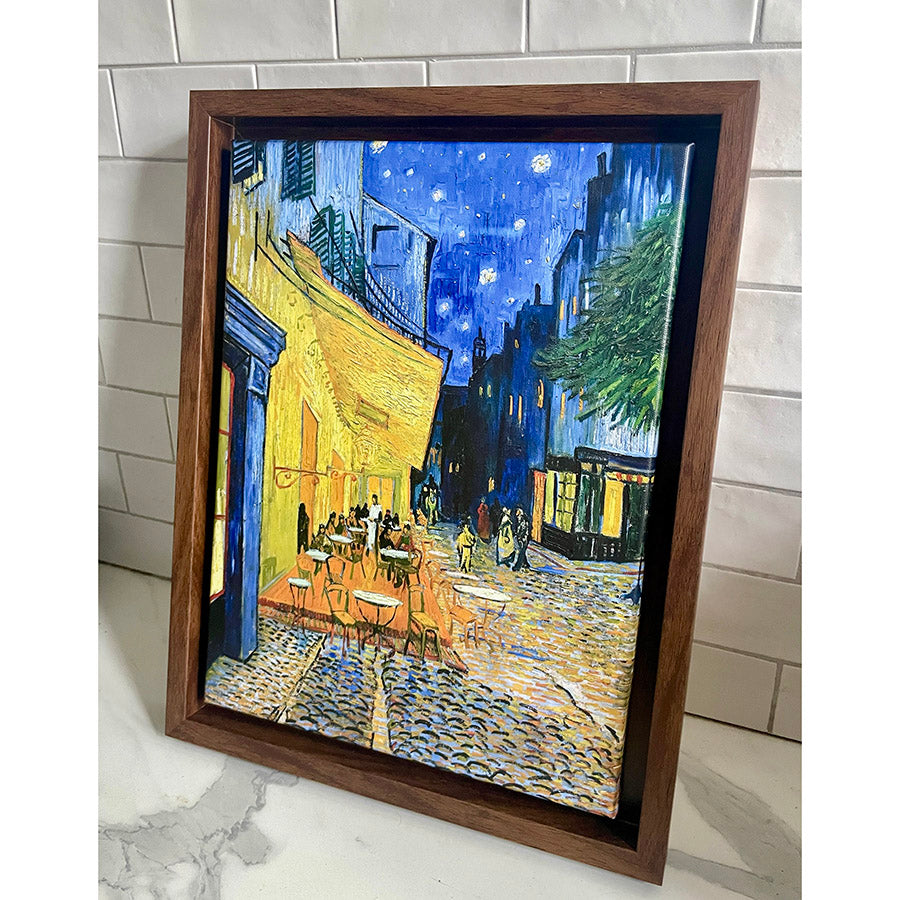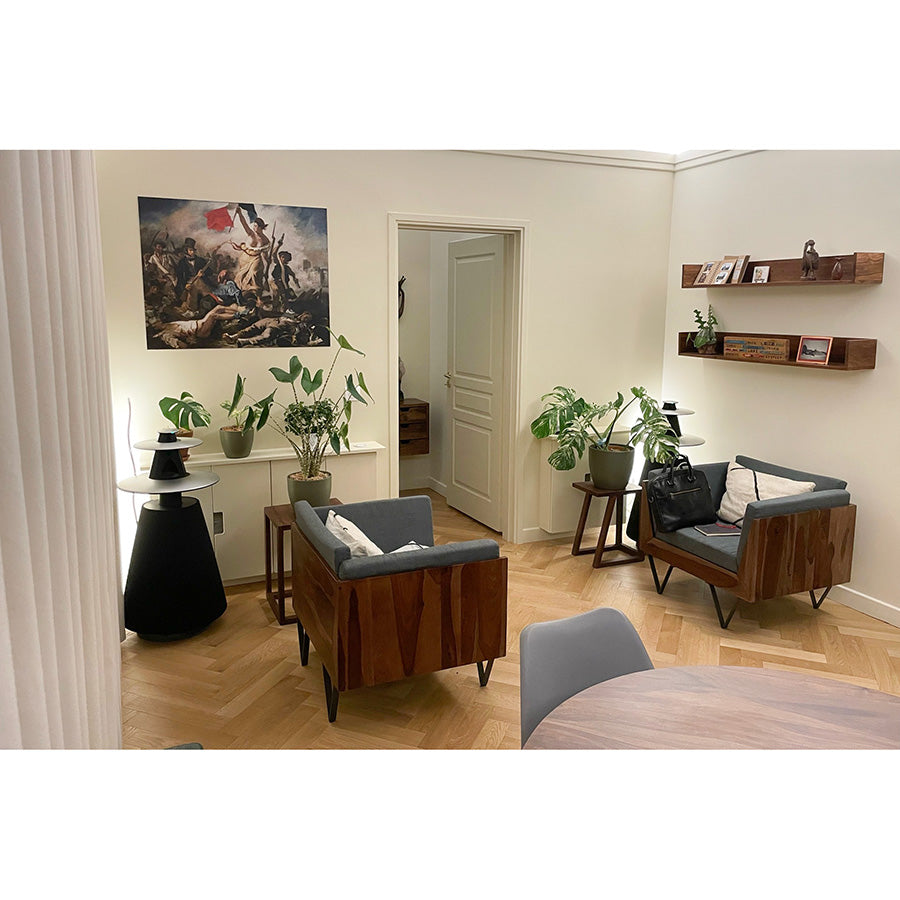Art print | Design for a commemorative plaque of the KPM at the birth of Princess Juliana in 1909 - Carel Adolph Lion Cachet

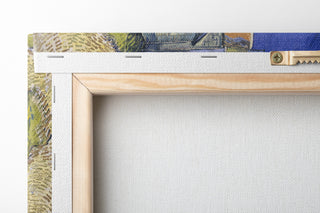
View from behind
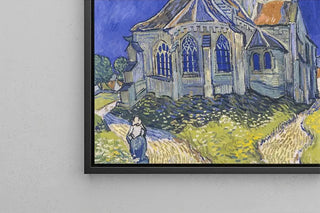
Frame (optional)
A refined commemorative creation: Design for a commemorative plaque by KPM at the birth of Princess Juliana in 1909
This drawing combines a solemn composition with finely crafted ornamental details, where stylized lines and floral motifs elegantly frame the central figure. The palette remains restrained, favoring contrasts between gilded motifs and neutral backgrounds, and the technique demonstrates a keen sense of artisanal detail. The overall atmosphere is ceremonial and historic, evoking royal celebration without ostentation. In print form, this art print retains its graphic presence and ability to tell a specific episode of European history.
Carel Adolph Lion Cachet, master of Dutch decorative renewal
Carel Adolph Lion Cachet is part of the decorative renewal and applied arts movement at the turn of the 20th century, influenced by the Arts and Crafts movement and European ceramic and porcelain workshops. Designer, engraver, and ornamentist, he helped redefine utilitarian motifs by giving them an artistic dimension, notably for prestigious manufacturers like KPM. His works blend a sense of rhythm, naturalistic stylization, and technical craftsmanship, and have influenced decorative production in the Netherlands and beyond. This art print allows appreciation of the balance between commemorative function and refined aesthetics characteristic of his work.
A decorative acquisition with multiple assets
This art print of the Design for a commemorative plaque by KPM at the birth of Princess Juliana in 1909 fits perfectly into a contemporary or classic interior, whether it is a living room, an office, or a library. The art print of the Design for a commemorative plaque by KPM at the birth of Princess Juliana in 1909 adds a touch of history and sophistication, while the canvas of the Design for a commemorative plaque by KPM at the birth of Princess Juliana in 1909 guarantees fidelity of details and contrasts. Chosen for its print quality, this piece enhances walls and atmospheres without dominating the space, offering a cultural and elegant focal point.

Matte finish

View from behind

Frame (optional)
A refined commemorative creation: Design for a commemorative plaque by KPM at the birth of Princess Juliana in 1909
This drawing combines a solemn composition with finely crafted ornamental details, where stylized lines and floral motifs elegantly frame the central figure. The palette remains restrained, favoring contrasts between gilded motifs and neutral backgrounds, and the technique demonstrates a keen sense of artisanal detail. The overall atmosphere is ceremonial and historic, evoking royal celebration without ostentation. In print form, this art print retains its graphic presence and ability to tell a specific episode of European history.
Carel Adolph Lion Cachet, master of Dutch decorative renewal
Carel Adolph Lion Cachet is part of the decorative renewal and applied arts movement at the turn of the 20th century, influenced by the Arts and Crafts movement and European ceramic and porcelain workshops. Designer, engraver, and ornamentist, he helped redefine utilitarian motifs by giving them an artistic dimension, notably for prestigious manufacturers like KPM. His works blend a sense of rhythm, naturalistic stylization, and technical craftsmanship, and have influenced decorative production in the Netherlands and beyond. This art print allows appreciation of the balance between commemorative function and refined aesthetics characteristic of his work.
A decorative acquisition with multiple assets
This art print of the Design for a commemorative plaque by KPM at the birth of Princess Juliana in 1909 fits perfectly into a contemporary or classic interior, whether it is a living room, an office, or a library. The art print of the Design for a commemorative plaque by KPM at the birth of Princess Juliana in 1909 adds a touch of history and sophistication, while the canvas of the Design for a commemorative plaque by KPM at the birth of Princess Juliana in 1909 guarantees fidelity of details and contrasts. Chosen for its print quality, this piece enhances walls and atmospheres without dominating the space, offering a cultural and elegant focal point.




